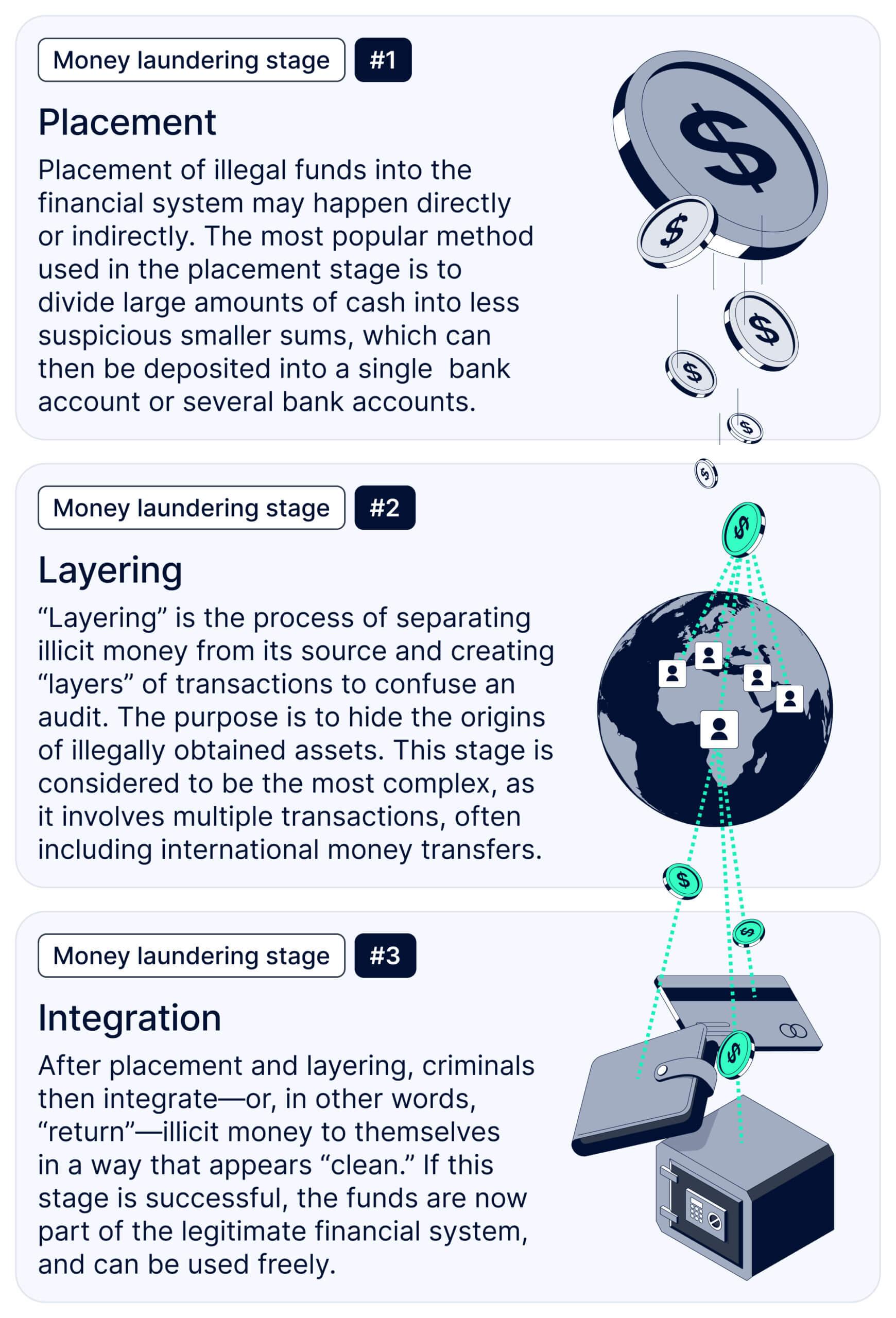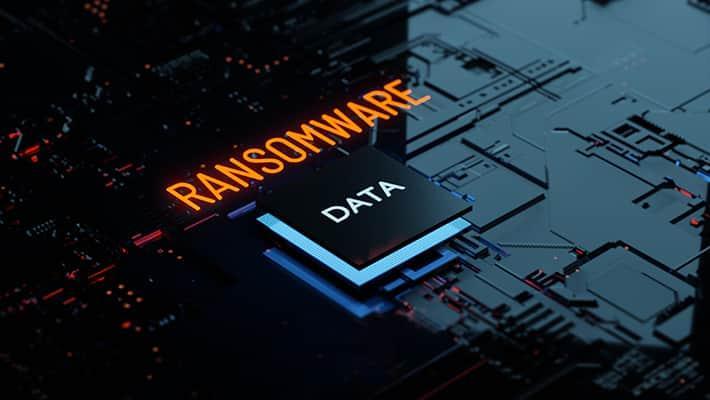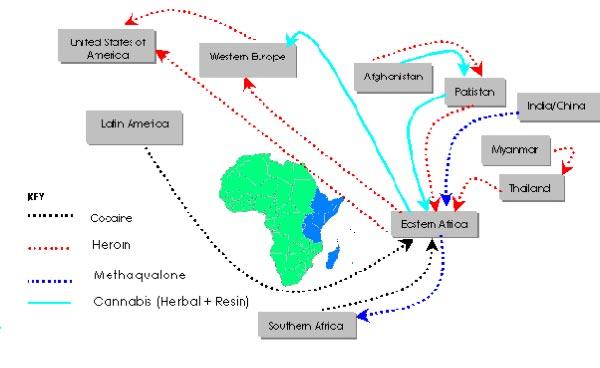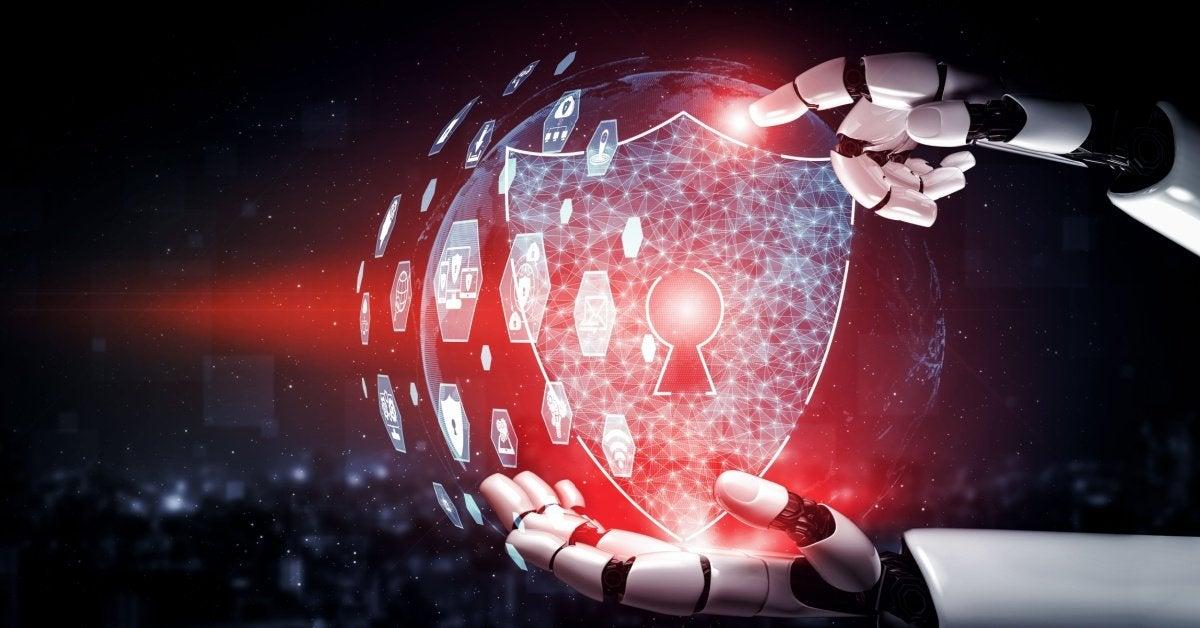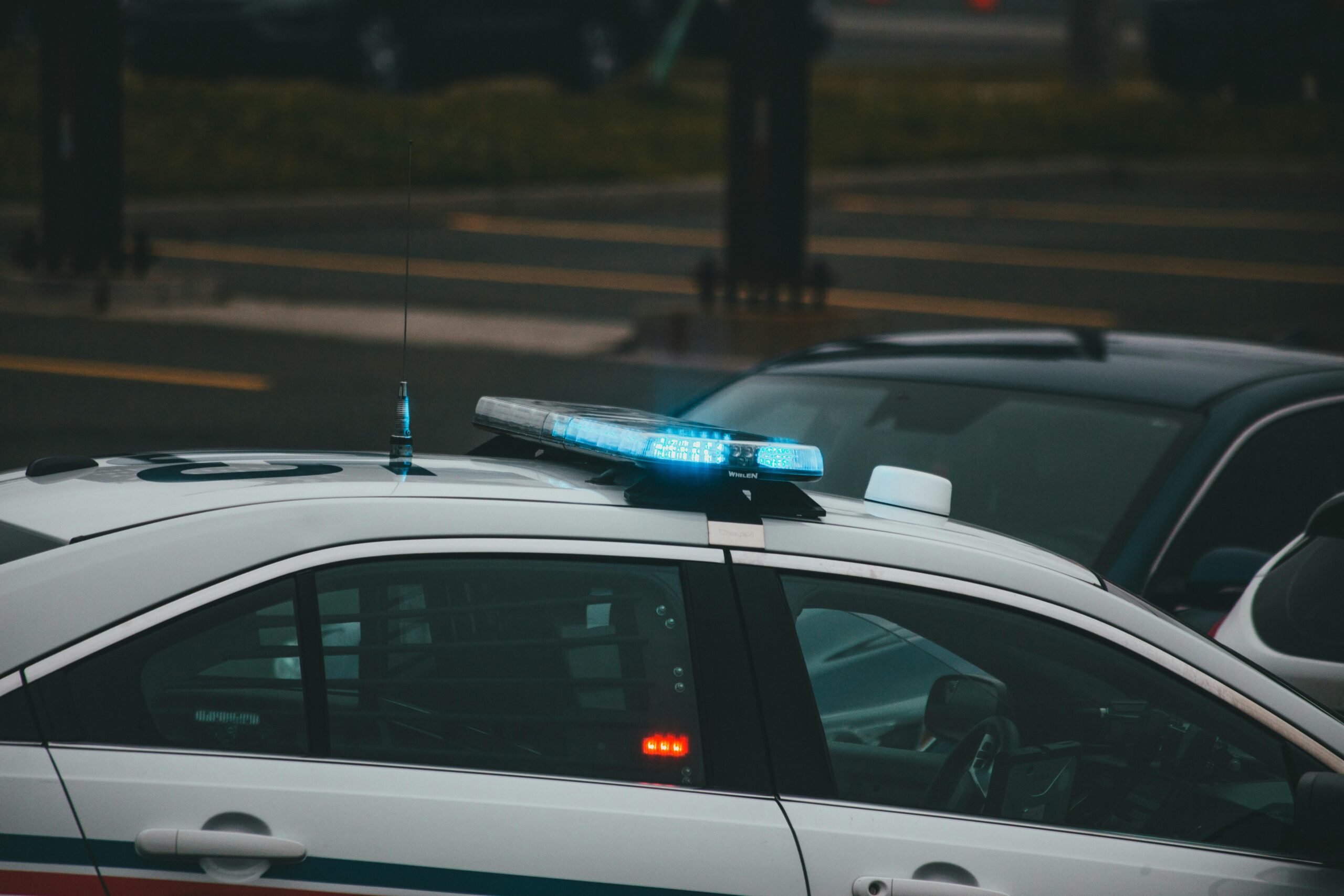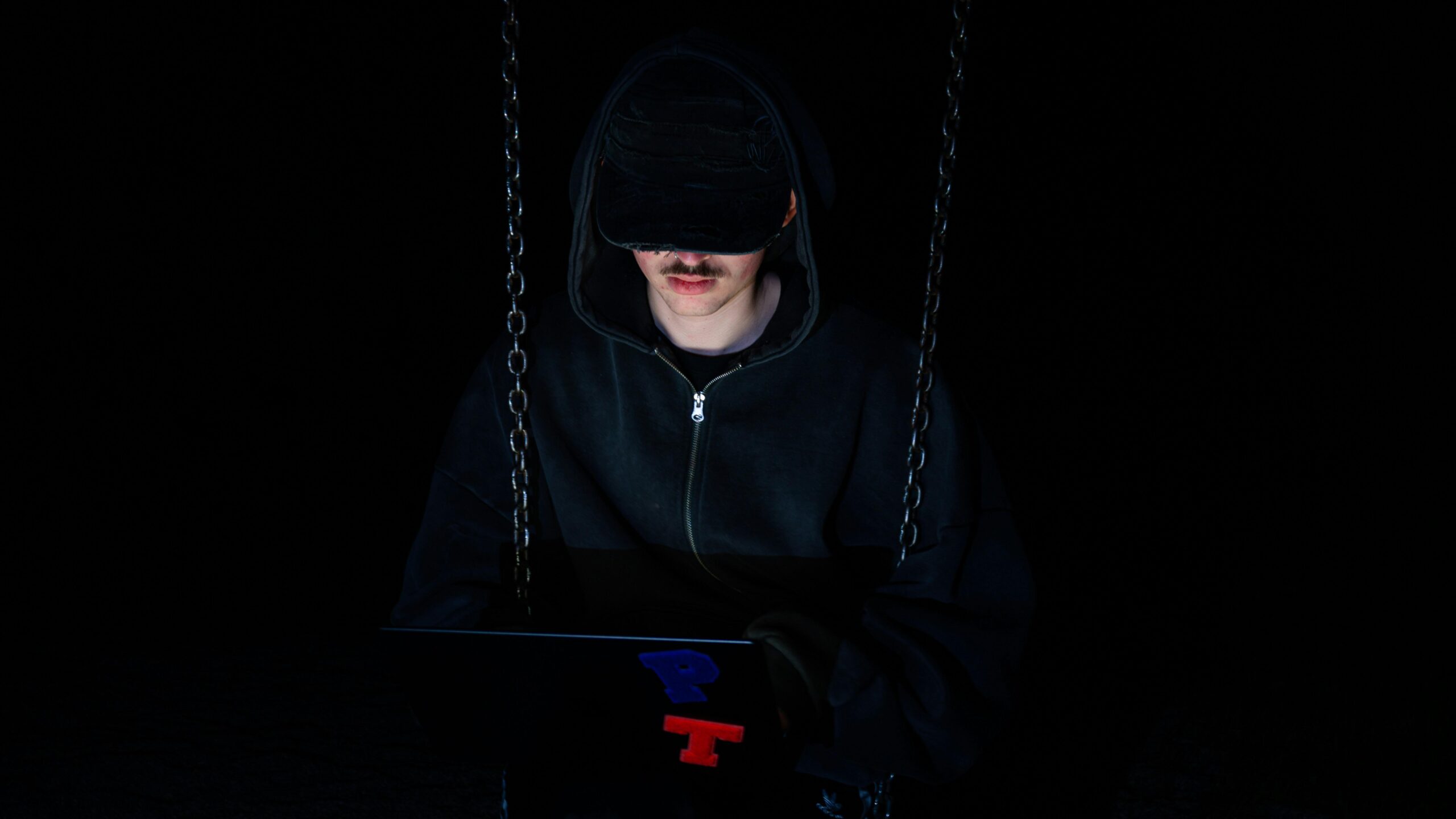Imagine stepping back into the exact moment a crime took place—every detail captured in vivid, three-dimensional clarity. Welcome to the fascinating world of 3D crime scene reconstruction, where cutting-edge technology meets forensic science to unlock mysteries that were once impossible to solve. In this article, we’ll dive into how experts breathe digital life into static scenes, piecing together clues from multiple angles to reveal the hidden story behind the evidence. Ready to explore how this incredible tool is transforming investigations and bringing justice one pixel at a time? Let’s get started!
Table of Contents
- The Science Behind 3D Crime Scene Reconstruction and How It Works
- Unveiling Hidden Details Through Advanced Visualization Techniques
- Practical Applications in Modern Forensics and Courtroom Presentations
- Tips for Integrating 3D Reconstructions into Your Crime Scene Investigations
- Closing Remarks
The Science Behind 3D Crime Scene Reconstruction and How It Works
At the heart of this cutting-edge forensic technology lies a harmonious blend of photogrammetry, laser scanning, and advanced software algorithms. Photogrammetry involves capturing numerous overlapping images of the crime scene from multiple angles, allowing specialized software to mathematically reconstruct the spatial relationships and generate a precise 3D model. Meanwhile, laser scanners emit thousands of rapid laser pulses per second to collect highly accurate distance measurements, producing a cloud of data points that depict every surface and object in exquisite detail. This data fusion not only preserves minute details but also creates an interactive, immersive experience that investigators can explore repeatedly without altering the original environment.
The process transforms chaotic, often fleeting crime scene conditions into a permanent, manipulable digital environment. Investigators can virtually step through the scene, analyze trajectories, or identify overlooked evidence—all from their desktops. Key techniques include:
- Data integration: Combining visual, spatial, and contextual information to build a holistic model.
- Tangibility through visualization: Using augmented reality (AR) and virtual reality (VR) tools to communicate findings clearly to juries and law enforcement teams.
- Accuracy validation: Cross-referencing data with physical measurements and expert analysis to ensure reliability.
This synergy between technology and human expertise revolutionizes how investigations proceed, turning complex spatial puzzles into clear narratives that unlock the truth.
Unveiling Hidden Details Through Advanced Visualization Techniques
Advanced visualization techniques have transformed the landscape of crime scene analysis, allowing investigators to peel back layers of complexity that were once invisible to the naked eye. By harnessing cutting-edge 3D modeling and photogrammetry, every minute detail—from the trajectory of a bullet to the precise positioning of objects—can be recreated with stunning accuracy. This digital resurrection doesn’t just preserve crucial evidence; it offers a dynamic platform to explore multiple hypotheses, enabling law enforcement to view the scene from perspectives previously unimaginable.
Among the groundbreaking tools used in this process, several stand out for their ability to uncover hidden details:
- Laser scanning technology captures every contour and dimension of a scene with millimeter precision, creating a comprehensive spatial map.
- 360-degree imaging allows for immersive walkthroughs, giving investigators a virtual presence at the crime scene any time, anywhere.
- Data layering techniques integrate physical evidence with timelines and witness statements, weaving a multifaceted narrative inside the 3D space.
These techniques not only elevate the depth of analysis but also enhance courtroom presentations, making complex crime scenes accessible and understandable to juries and judges alike.
Practical Applications in Modern Forensics and Courtroom Presentations
In today’s forensic landscape, 3D crime scene reconstruction transforms complex evidence into vivid, manipulable models that help investigators piece together what truly happened. By utilizing laser scanning, photogrammetry, and advanced software, investigators can create comprehensive digital replicas of crime scenes that preserve spatial relationships and critical details often lost in traditional 2D photographs. These reconstructions enable forensic experts to experiment with variables like line of sight, trajectory, and timing, making the invisible visible and uncovering new insights into seemingly unsolvable cases.
When it comes to courtroom presentations, these models become powerful communication tools that resonate with judges, jurors, and lawyers alike. Instead of relying solely on verbal descriptions or static images, attorneys can walk the courtroom through an interactive, immersive experience—giving a clearer understanding of witness viewpoints, suspect movements, or the exact positioning of crucial evidence. The ability to digitally “revisit” a crime scene aids in breaking down complex testimonies, building stronger narratives, and ultimately influencing verdicts by making abstract forensic data tangible and engaging.
- Enhanced evidence visualization: Detailed spatial context helps verify witness accounts and expert opinions.
- Improved jury comprehension: Interactive models support clearer understanding beyond traditional exhibits.
- Preserved evidence integrity: Digital records maintain original conditions for years without physical deterioration.
Tips for Integrating 3D Reconstructions into Your Crime Scene Investigations
To effectively leverage 3D reconstructions in your crime scene investigations, prioritize thorough data collection at the scene. Utilize high-precision scanners or photogrammetry techniques to capture every detail — from minute blood spatter patterns to subtle environmental features. This meticulous capture not only ensures accuracy but also lays a solid foundation for creating an immersive 3D model that can be examined repeatedly without risking contamination of the original scene. Remember: the richer your data input, the more insightful your reconstruction will be, allowing investigators to observe perspectives often missed during initial site visits.
Next, integrate collaboration tools into your workflow to maximize the power of 3D models. Share interactive reconstructions with all members of the investigative team, including forensic experts, attorneys, and law enforcement officers, via secure platforms. This facilitates real-time discussions and hypothesis testing, where users can virtually “walk through” the scene, identify inconsistencies, and rehearse different scenarios. Consider these key practices for seamless integration:
- Standardize file formats to ensure compatibility across devices and software.
- Implement training sessions so all team members understand how to navigate and interpret 3D environments.
- Maintain thorough documentation linking 3D evidence with traditional investigative notes for comprehensive case records.
Closing Remarks
As we peel back the layers of 3D crime scene reconstruction, it’s clear that this technology is not just a tool—it’s a bridge between ambiguity and clarity. By transforming static scenes into dynamic, immersive experiences, investigators can unlock secrets once hidden in plain sight. Whether you’re a true crime enthusiast, a forensic professional, or simply curious about how science meets justice, the evolving world of 3D reconstruction offers a fascinating glimpse into the future of solving mysteries. So next time you hear about a case cracked with the help of digital technology, you’ll know there’s a whole new dimension at play—one that turns crime scenes into compelling stories waiting to be told.



